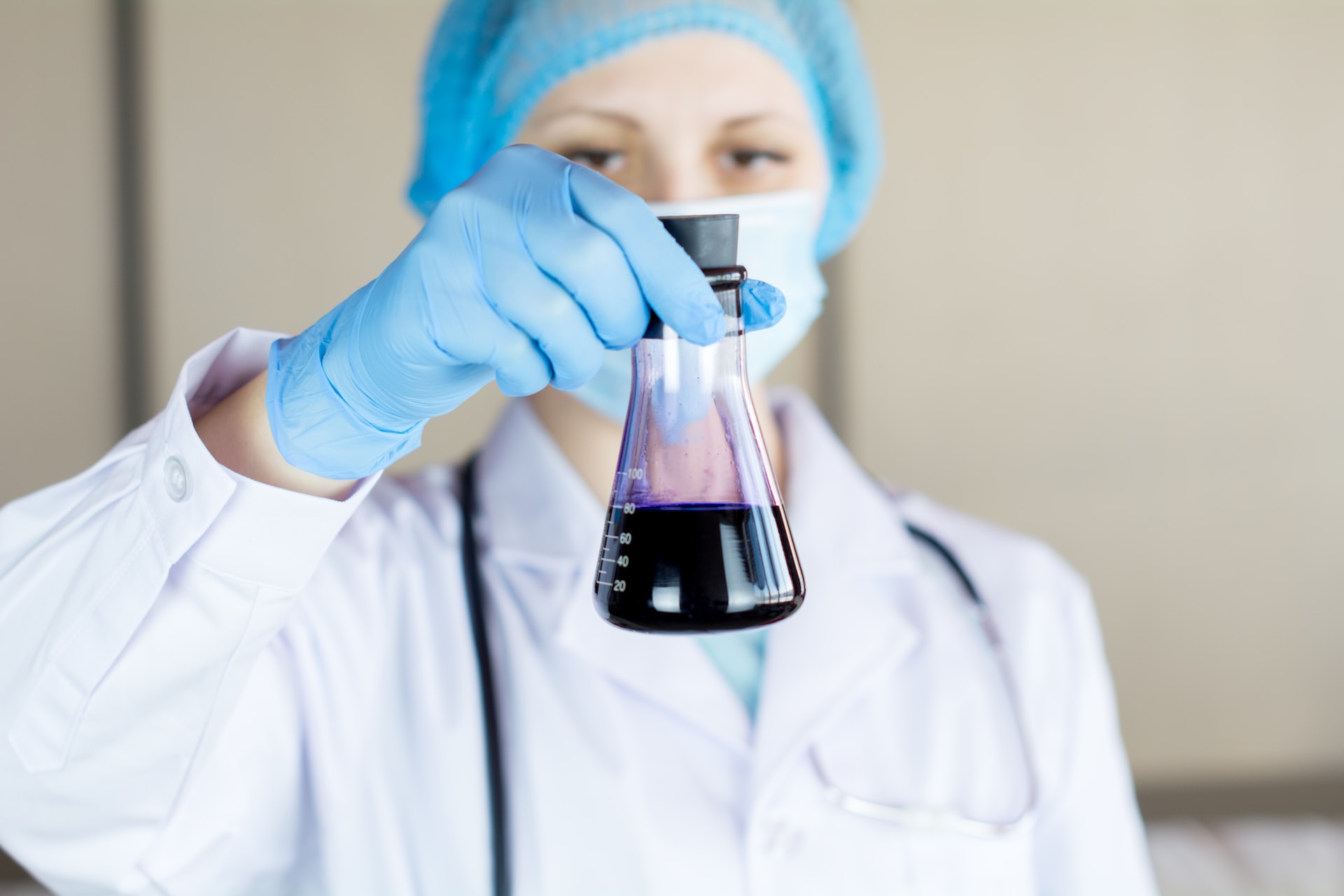
What Are Equivalent Resonance Structures and How Do They Support Innovation?
November 18, 2023 - Emily Newton
Revolutionized is reader-supported. When you buy through links on our site, we may earn an affiliate commission. Learn more here.
Chemists must know about equivalent resonance structures in their work. What are they, and why does it matter?
What Is a Lewis Structure?
Before getting into equivalent resonance structures, people must understand Lewis structures. A Lewis structure is a simple diagram showing a molecule’s valence shell electrons. They also indicate the bonds between atoms.
Lewis structures can tell people important things, but only if they follow the correct steps when making them. Additionally, individuals must consider Lewis structures as informative tools while understanding they are not wholly reliable representations of electrons’ activity. People most commonly draw Lewis structures to predict atoms’ behavior.
Characteristics of Equivalent Resonance Structures
Equivalent resonance structures have more than one Lewis structure representing them. They are chemical or molecular compounds with different electron and atom arrangements. The equivalent resonance structures show how a molecule’s electrons can move or get shared between atoms. Relatedly, the resonance hybrid is a combination of all the molecule’s resonance structures.
Although each Lewis structure differs, these structures have the same stability and energy. That’s because the molecule’s properties do not change, but the electron configuration shifts. The Lewis structure also shows electrons’ distribution across multiple atoms, which makes the molecules more stable.
North Carolina State University offers a free and interactive Lewis structure builder. It’s ideal for aspiring chemists or anyone wanting to improve their fundamental understanding beyond reading textbooks or asking their professors.
How Are Non-Equivalent Resonance Structures Different?
Chemists also learn about non-equivalent resonance structures when training to enter the field. The main difference between these and equivalent resonance structures is that the former has different atom arrangements, and often, different atomic structures.
What Do Equivalent Resonance Structures Tell Chemists?
Understanding equivalent resonance structures helps chemists predict and understand potential chemical reactions and molecular properties. They can then apply that knowledge to further work in various industries and make valuable contributions.
Working With Chemical Reactions for Real-World Innovations
Real-life examples illustrate why understanding equivalent resonance structures and likely chemical reactions is so necessary in today’s world.
Drug Development
People study chemical reactions while looking for new commercial drugs. This application is of great interest to patients worldwide who want better treatments. However, finding novel drug possibilities can become extremely time-consuming, and that stage doesn’t include all the testing and manufacturing needs.
However, a University of Michigan team created an open-access tool people can use to apply machine learning to chemical reaction analyses. The idea is that artificial intelligence might find the top possibilities sooner than people could without that high-tech help. Then, chemists could apply their professional expertise when evaluating those candidates. The tool has information about 250,000 chemical reactions, making it a comprehensive option.
Elsewhere, researchers from Ohio State University developed an artificial intelligence tool that can dramatically shorten drug discovery time frames. The typical manual process is to identify the desired molecules and then look for the chemical reactions that could make them. However, that requires working with millions of possible reactions. This innovation uses generative AI to rank potential synthesis methods, helping users narrow their choices and
Food Science
Science has shown that specific food ingredients can contribute to behavior changes in some people who eat them. Ongoing research also suggests ultra-processed food increases the risk of developing some diseases. However, the chemists who work to develop new ingredients and consumables usually want to increase the likelihood of positive outcomes. For example, their goal is to create foods that people think are delicious and crave. Such consumer responses bode well for a food company’s profits and market competitiveness.
Maillard reactions are particularly relevant to chemists working for food companies. These are chemical reactions between reducing sugars and amino acids that occur due to high-temperature processing. Once people understand Maillard reactions, they can choose the appropriate ones to change a food’s smell, flavor or color. Some of the outcomes can reduce coffee drinkers’ risk of cavities or increase the antioxidant content of fruits and vegetables.
Recycling
People are becoming more aware of the long-lasting effects of landfill trash. The chemicals from discarded items can leach into the soil and groundwater, disrupting ecosystems and posing health risks.
But chemists are also interested in how chemicals might help the problem. More specifically, chemical reactions can break down plastics, allowing effective reuse. Those recycled plastics could become new plastic products, fuel or chemicals. The main adoption barrier is that it’s currently less expensive to produce new plastics than to use this recycling method. However, people are eagerly exploring the options. Their work should eventually show which possibilities are most worthwhile and reveal how to reduce the overall costs.
In one 2023 example, researchers found a method that uses electricity and chemical reactions to recycle a frequently used plastic. They wanted to develop a way to reuse plastic’s molecular materials for new products. One of the team’s primary motivations was the knowledge that even a lot of the plastic people put into recycling bins doesn’t get recycled. They want that to change, and this is a step in the right direction.
Another case represents a significant advancement for textile recycling. Polyester is one of the world’s most popular fabrics. However, because it’s difficult for people to separate the plastic and cotton in the material, most never gets recycled.
Chemists discovered that the unusual combination of hartshorn salt, heat and a mild solvent can break polyester down to a liquid in 24 hours. The plastic and cotton are then in distinct layers that recyclers can separate. The team found that the process turns the hartshorn salt into ammonia, water and carbon dioxide. The ammonia and CO2 collectively trigger a chemical reaction that causes the polyester to disintegrate without damaging the cotton fibers.
Although the team has so far only tried their process in the lab, they’re presenting their innovation to companies and hope to test it in industrial settings soon. Scaling the approach could lead to big improvements that make the textile industry more environmentally friendly.
Knowledge of Equivalent Resonance Structures Causes Progress
Equivalent resonance structures represent foundational organic chemistry principles. However, the examples here and elsewhere show that learning about them can lay the groundwork for impressive, world-changing enhancements and inventions. Then, people currently working as chemists or aiming to will have plenty of inspiration that helps them focus their efforts and prioritize goals.
Revolutionized is reader-supported. When you buy through links on our site, we may earn an affiliate commission. Learn more here.
Author
Emily Newton
Emily Newton is a technology and industrial journalist and the Editor in Chief of Revolutionized. She manages the sites publishing schedule, SEO optimization and content strategy. Emily enjoys writing and researching articles about how technology is changing every industry. When she isn't working, Emily enjoys playing video games or curling up with a good book.






